Treasure House #42
The Treasure House stands on its original site on Arthur Kill Road at the foot of Richmond Road, across Richmond Creek from the Church of St. Andrew. The house is an example of early American architecture that arose from European traditions transplanted to the New World. It is a two story structure with a first story built of stone and a second story built of wood with clapboard. A platform porch and staircase which once led to the main entry door on the second floor were removed by Historic Richmond Town after repeated vehicular accident damage.
The Treasure House takes its name from the tradition that a cache of gold coins was found hidden in the walls about 1860. The coins were said to have been placed there by British soldiers during the Revolutionary War. Supposedly, more of the gold was found in 1921 by a later owner of the building. These stories are based on oral tradition and have not been documented.
The earliest part of the house was built ca. 1700 by Samuel Grasset, a tanner (a person who makes leather from hides), who lived there with his wife Martha and operated a tannery and tanning mill until 1703.
The building served various residential and commercial functions during the 18th century, such as dwelling and cordwainer's (shoemaker's) shop of Stephen Wood and his family. By 1788, shortly after the American Revolution, the house was owned by Lawrence Hillyer, a well-known Staten Island carpenter and builder. Hillyer was authorized by the Richmond County Board of Supervisors to establish a courtroom in Richmond to replace the First County Courthouse, which was destroyed by the British in 1777. To accomplish this he built an extension on the north end of his house and added outside stairs to the large upstairs room in the original part of the house. Court sessions are believed to have been held in that upstairs room until the Second County Courthouse was completed in 1793-1794.
By 1798 the Treasure House was owned by James Stoutenberg and his family, who may have used the house as an inn. In the 1800s, the house had several owners and occupants. Abraham Auten, a saddler who also served as sheriff, may have used the building as a boarding house for county workers. Members of the Homan and Holtermann families engaged in commercial baking on the premises. (Today, Holtermann's Bakery is still in operation, less than a mile away on Arthur Kill Road.)
In 1924, Bertha and Willett Leslie Conner leased the house and operated a real estate office, hardware store, post office, and other commercial businesses. After 1936, Jay Writter used the building as his home and antique shop. Mr. Writter was the last residential occupant. In 1951 the building was acquired by the Staten Island Historical Society, and restoration work began in the 1960s.
The house was designated an official New York City landmark in 1969. The building is awaiting restoration and is not open to the public.

